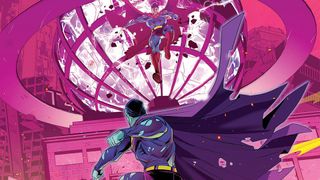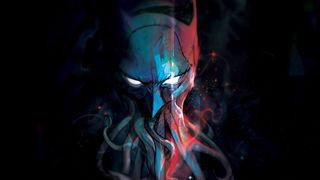green lantern
Latest about green lantern
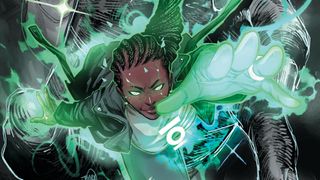
Absolute Green Lantern puts Far Sector's Jo Mullein front and center as a cosmic mystery comes to Earth
By Will Salmon published
news Check out an unlettered preview of the new Absolute series
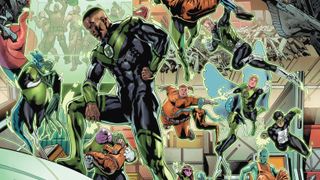
Green Lantern Corps: Jeremy Adams and Morgan Hampton on John Stewart, Hawkwoman, and how the Justice League animated series inspired their new comic
By Will Salmon published
Interview Interview | Adams and Hampton tease Green Lantern Corps #1
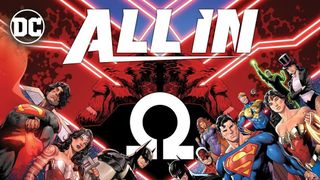
Absolute Green Lantern is writer Al Ewing's first series for DC and will be a "complete reimagining" of the concept, starring multiple Lanterns
By Will Salmon published
News Jahnoy Lindsay will draw the new series

DC Comics is going All In on new story arcs for its entire lineup including Batman and Superman this October, but stresses that it's "not a retcon or reboot"
By Will Salmon published
News Plus new creative teams for Detective Comics and Green Arrow
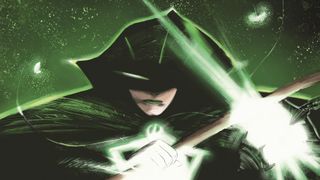
Green Lantern: Dark will star "the most rotten, grumpy, and adorable Green Lantern since Guy Gardner"
By Will Salmon published
News The series is written by Tate Brombal with art from Werther Dell'Edera

Green Lantern just introduced a brand new type of Lantern – and that could mean big trouble for Hal Jordan
By Will Salmon published
News The fallout of a love triangle could spell danger
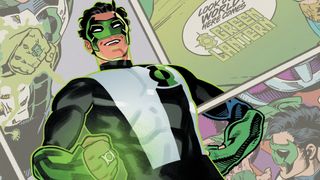
"It's probably the most flexible franchise in comics!" Ron Marz and Jeremy Adams on Green Lantern and the return of Kyle Rayner
By Sam Stone published
Interview Interview | Kyle Rayner co-creator Ron Marz and current series writer Jeremy Adams discuss Green Lantern #8
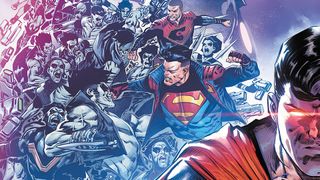
Superman, Wonder Woman, Batman, and all of DC's April 2024 Solicitations
By George Marston published
news It's no April Fool - DC's full April 2024 solicitations have arrived
Sign up to the 12DOVE Newsletter
Weekly digests, tales from the communities you love, and more
